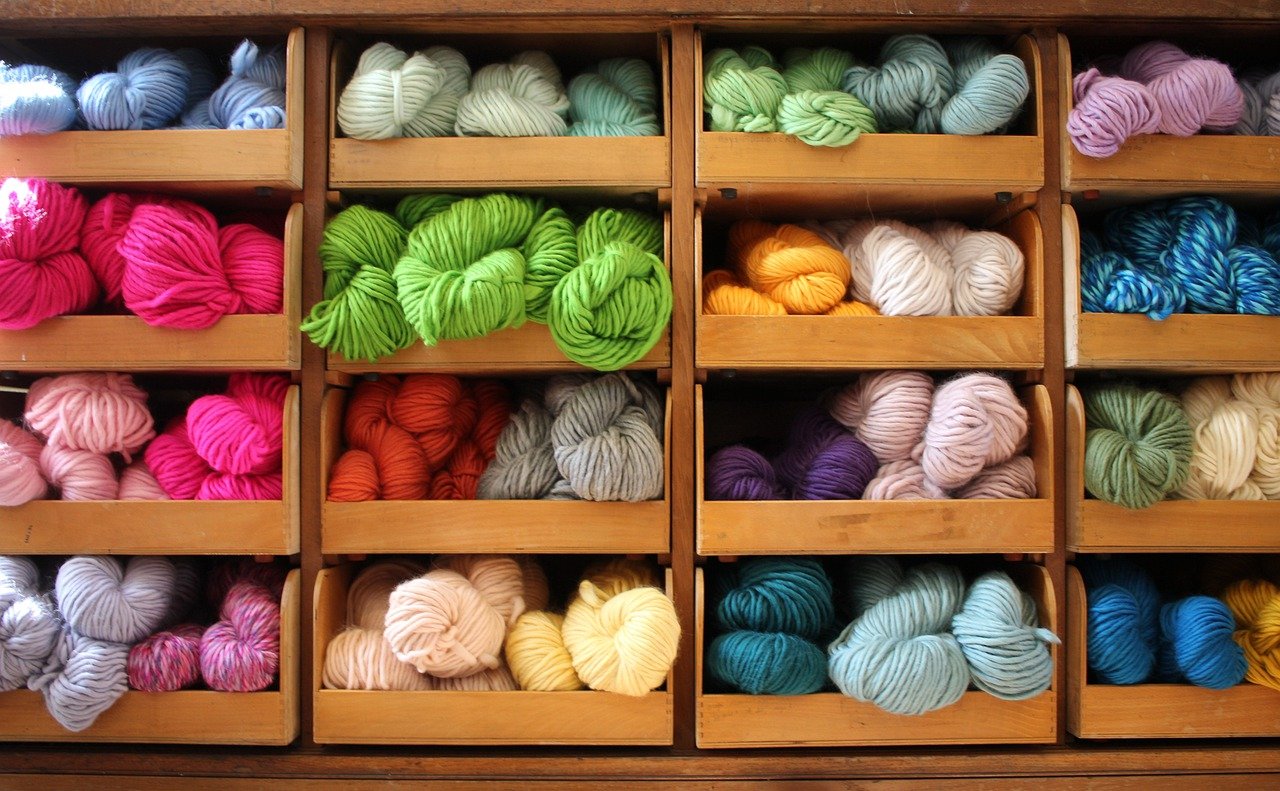This post is also available in:
 עברית (Hebrew)
עברית (Hebrew)
When hearing the word “robot”, most of us would imagine a smooth-surfaced humanoid made of metal or plastic, probably not one made from a knit-like fabric. Well, a soft robot has a few key advantages over a rigid one and might be the future of robotics.
Some advantages for example are their inherent safety features- built of soft materials able to inflate or deflate air chambers, they can be safely used in fragile environments or in proximity to humans. Another example is their flexibility which enables them to fit into tight spaces.
According to Techxplore, researchers at the Harvard John A. Paulson School of Engineering and Applied Sciences (SEAS) have come up with a new approach to manufacturing soft robotics using a 3D method that can “print” entire soft robots, as reported in Advanced Functional Materials.
“The soft robotics community is still in the phase of seeking alternative material approaches that will enable us to go beyond more classical rigid robot shapes and functions,” says Robert Wood, senior corresponding author on the paper, and adds “Textiles are appealing since we can radically tune their structural properties by choice of their constituent fibers and how those fibers interact with each other.”
Vanessa Sanchez, first author on the paper and a former Ph.D. student in Wood’s lab was intrigued by the concept of 3D knitting, which can produce seamless articles of clothing with little material waste. Sanchez and her team set out to figure out the 3D knitting process and create a library of knowledge. They tested 20 different combinations of yarn, structure, and more, and characterized how varied knit architectures impact folding and unfolding, structural geometry, and tensile properties.
Using combinations of these structures, they demonstrated many different knit robot prototypes, including various types of gripper devices with bending and grasping appendages, a multi-chamber claw, an inchworm-like robot, and a snake-like actuator capable of picking up objects much heavier than the device itself.
Sanchez said- “3D knitting is a new way of thinking about additive manufacturing, about how to make things that could be reconfigured or redeployed. There are already industrial machines to support this type of manufacturing—with this initial step, we think our approach can scale and translate out of the lab.”


























